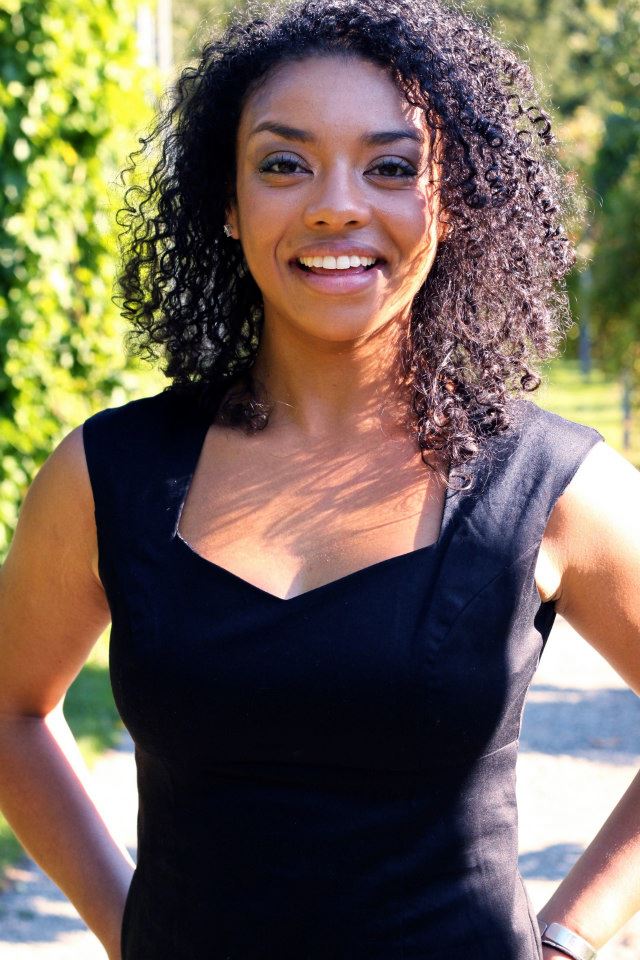Deaths and Captive Whales Didn't Change Sea World

By:
The expression “money talks” may apply here for SeaWorld.
Two former enemies, The SeaWorld CEO and the president of the Humane Society of the United States, teamed up on Thursday to announce that there will be no more whale breeding at the mega aquatic park and the theatrical shows will phase out. All the captive-born whales already living at the park have to stay, because they can’t survive in the wild.
SeaWorld's sales are down.
Tickets sales at the franchise were down by 1 million a year after controversial documentary "Black Fish" about the killing of a SeaWorld trainer by an orca was released in 2013. At the end of the summer of 2015 attendance had fallen by 2 percent from the same time the previous year.
In an interview with Good Morning America, the president of The Humane Society Wayne Pacell, sat next to the SeaWorld CEO and seemingly gave permission for animal lovers to rejoice at the news.
“This is something that every animal advocate in the nation can celebrate as progress,” he said.
SeaWorld CEO Joel Manby said that the company was changing out of concern for the whales.
“We love them,” he said. “We’re trying do the right thing for them.”
But he also said something that may ring a bit truer after looking at SeaWorld’s history.
“There is no doubt that the mindset of society has changed and I just think we have to change with it,” he said.
Basically, SeaWorld is losing money because its public image is so bad.
After the infamous 2010 death of SeaWorld trainer Dawn Brancheau when an orca thrashed her in front of a live audience, and the release of the scathing 2013 documentary "Black Fish" about that incident, ticket sales are down.
But the death of Dawn Brancheau was not the first safety incident at SeaWorld and not the first moment of bad publicity. It was just the most damaging.
The Occupational Safety and Health Administration or OSHA is a federal agency that regulates workplace safety. After Brancheau’s death, OSHA cited SeaWorld for safety violations. Its investigation found that the orca that killed Brancheau was the same whale named Tilikum and was one of three whales that killed a whale trainer in 1991.
In between those two incidents with Tilikum, a trainer named Ken Peters was bitten and pulled under water by a different whale named Kasatka in 2006, four years before Bracheau was killed . The whale pulled him around for 8 minutes until he finally swam to the edge of the pool visibly shaken.
The video below does not show the initial incident but you can watch Peters escape below.
In 2015, California’s division of OSHA cited San Diego’s SeaWorld for a lack of protection for trainers working with whales.
SeaWorld could have ended its whale shows after any of these incidents but it didn’t. Instead it tried to hide its ticket losses, according to a Fox Business report in 2014. The company reportedly used “adjusted” cash flow numbers that looked higher than the standard numbers.
Although the motives for SeaWorld’s changes may be unclear Black Fish filmmaker Gabriela Cowperthwaite told NPR that this is an important moment for animal rights. "The fact that SeaWorld is doing away with orca breeding marks truly meaningful change," she said.
Twitter users are excited as well.
No matter what, no new whales will be born in captivity at SeaWorld and as Pacell of the Humane Society told Good Morning America, that is a good thing.
“It’s not perfect. We do have disagreements, but we don’t want perfect to be the enemy of the good.”
